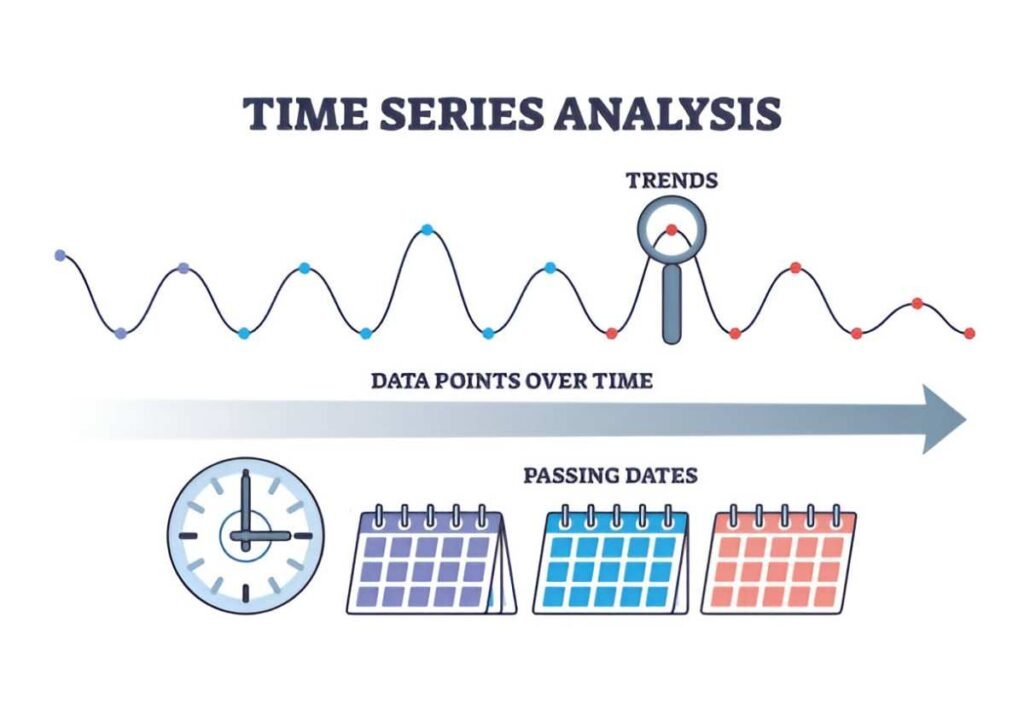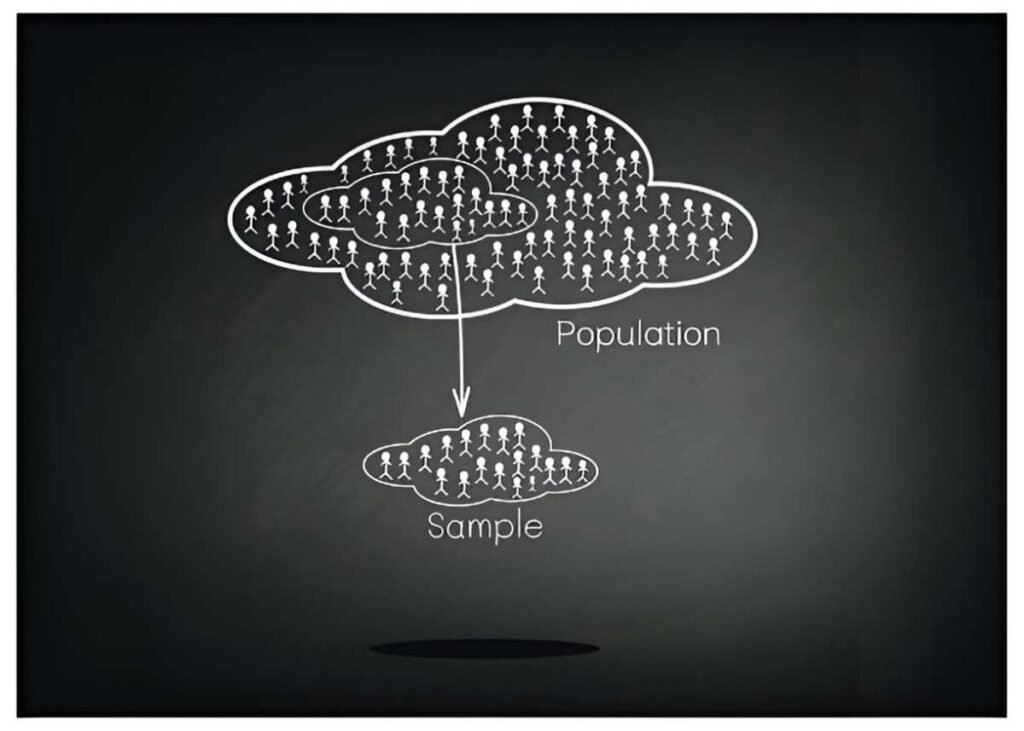As someone who has spent years analyzing financial and accounting data, I understand the importance of visualizing complex relationships. Multi-dimensional scaling (MDS) is one of those techniques that, while not always in the spotlight, plays a crucial role in simplifying intricate datasets into interpretable forms. In this article, I will break down what MDS is, how it works, and where it finds practical use—especially in finance and market research.
Table of Contents
What Is Multi-dimensional Scaling?
Multi-dimensional scaling is a statistical method that transforms proximity data—how similar or dissimilar objects are—into a spatial representation. It helps visualize patterns in high-dimensional data by reducing dimensions while preserving relative distances. The core idea is simple: if two items are similar, MDS places them close together in a lower-dimensional space (like 2D or 3D). If they are dissimilar, they appear far apart.
The Mathematics Behind MDS
At its heart, MDS minimizes a stress function, which quantifies the difference between the original dissimilarities and the distances in the reduced space. The most common form is Kruskal’s stress:
Stress = \sqrt{\frac{\sum_{i < j} (d_{ij} - \hat{d}{ij})^2}{\sum{i < j} d_{ij}^2}}Here, d_{ij} is the original dissimilarity between objects i and j, while \hat{d}_{ij} is the distance in the reduced space. The goal is to minimize this stress value, ensuring the lower-dimensional plot accurately reflects the original relationships.
Types of Multi-dimensional Scaling
There are two primary variants of MDS:
- Metric MDS – Assumes the input dissimilarities are actual distances and tries to preserve them as closely as possible.
- Non-metric MDS – Only preserves the rank order of dissimilarities, making it useful when exact distances are unknown or unreliable.
Example: Stock Market Correlation Analysis
Suppose I want to visualize how 10 tech stocks move relative to each other. Instead of comparing pairwise correlations in a table, MDS can plot them in 2D space. Stocks with high positive correlation cluster together, while negatively correlated ones are far apart.
| Stock Pair | Correlation (Dissimilarity = 1 – Correlation) |
|---|---|
| AAPL-MSFT | 0.85 (0.15) |
| AAPL-TSLA | 0.30 (0.70) |
| MSFT-GOOGL | 0.80 (0.20) |
Running MDS on this data might place AAPL and MSFT close together, while TSLA appears distant—reflecting their weaker correlation.
Applications of MDS in Finance and Beyond
1. Market Segmentation
Banks and investment firms use MDS to group customers based on spending behavior, risk tolerance, or investment preferences. Instead of sifting through spreadsheets, a 2D MDS plot instantly reveals clusters of similar clients.
2. Credit Risk Assessment
By analyzing borrower characteristics (income, credit score, debt ratios), MDS helps identify high-risk applicants who deviate from the norm.
3. Competitive Positioning
Brands use MDS to compare product perceptions. If I plot luxury car brands based on consumer surveys, BMW and Mercedes may cluster near “prestige,” while Toyota and Honda appear closer to “reliability.”
4. Geospatial Analysis
MDS can even approximate geographic locations if given city-to-city distances—a trick used in logistics optimization.
Step-by-Step Example: MDS on Financial Data
Let’s say I have the following dissimilarity matrix for four companies based on their financial ratios:
| A | B | C | D | |
|---|---|---|---|---|
| A | 0 | 0.2 | 0.8 | 0.5 |
| B | 0.2 | 0 | 0.7 | 0.4 |
| C | 0.8 | 0.7 | 0 | 0.6 |
| D | 0.5 | 0.4 | 0.6 | 0 |
Step 1: Choose the Number of Dimensions
For simplicity, I’ll reduce this to 2D.
Step 2: Compute Initial Coordinates
Using classical metric MDS, I derive the first two principal coordinates. The math involves eigenvalue decomposition, but software like R or Python’s sklearn handles this.
Step 3: Plot the Results
The final MDS plot might look like this:
- A and B are close (dissimilarity = 0.2).
- C is far from both (dissimilarity ≥ 0.7).
- D sits in the middle.
This visual helps me quickly see that A and B are similar firms, while C is an outlier.
Limitations of MDS
While powerful, MDS has drawbacks:
- Interpretability: The axes in MDS plots lack intrinsic meaning—unlike PCA, where they represent variance.
- Sensitivity to Noise: Outliers can distort the entire configuration.
- Computational Cost: Large datasets slow down the stress minimization process.
MDS vs. PCA: A Quick Comparison
| Feature | MDS | PCA |
|---|---|---|
| Input Data | Dissimilarities/distances | Raw numerical data |
| Objective | Preserve distances | Maximize variance |
| Axes Meaning | Abstract | Principal components |
| Best For | Similarity visualization | Dimensionality reduction |
Final Thoughts
Multi-dimensional scaling is a versatile tool that turns abstract relationships into tangible visuals. Whether I’m analyzing stock correlations, customer behavior, or credit risk, MDS helps uncover patterns that tables alone can’t reveal. While it’s not perfect, its ability to simplify complexity makes it indispensable in data-driven decision-making.





